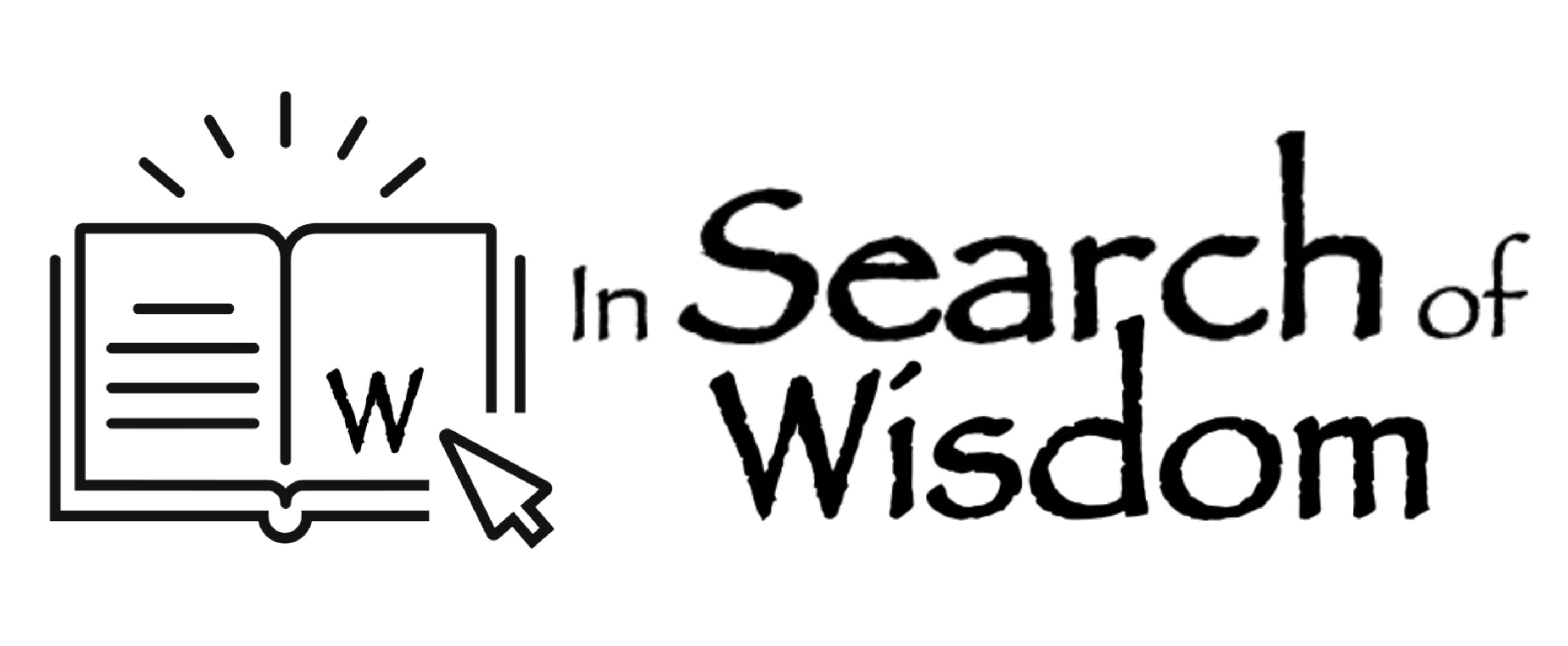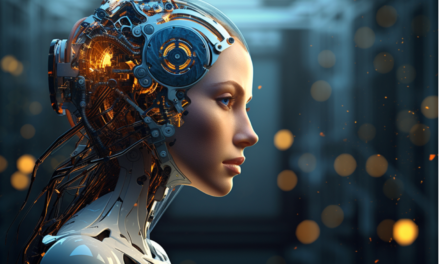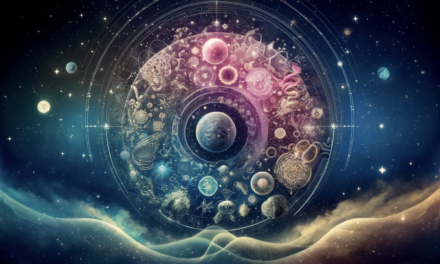Introduction
Following Boris Johnson’s resignation as Leader of the Conservative Party, on 15 July, the five remaining candidates to become his successor, and thus the UK’s next Prime Minister, held their first televised debate. At the end of the evening, each candidate was invited to summarise their message, and the youngest contender, Kemi Badenoch, said that “the machine of government was “not working” and as an engineer, she was the only person who could fix it.”
It sounds like a short, sharp, snappy thing to say. Unfortunately, it is misleading and betrays a widely held mindset that contributes to many of today’s challenges that world governments are manifestly failing to deal with adequately. Challenges that include climate change, pollution, biodiversity loss and inequality.
Why do we think of governments as machines?
It’s not only governments we think of this way, but organizations in general.
It hasn’t always been so. It was only in the sixteenth and seventeenth centuries that scientists and philosophers began to view the world as a machine. Scientists such as Johannes Kepler, Galileo Galilei and Isaac Newton discovered basic laws of nature that made the world appear much more predictable than previously thought. Rene Descartes proposed the division of the world into ‘mind’ and ‘matter’. And gradually, the idea of the world as a machine became the dominant paradigm in science and human affairs.
As people began to think of organizations in similar machine-like ways, mechanistic management theories emerged. Management theorists designed organizations to be efficient by creating them like machines. Assemblies of interlocking parts, each fashioned for a precise function – production, marketing, finance, personnel, etc. A management hierarchy kept it all running smoothly through clearly defined lines of command and communication.
What’s wrong with this worldview?
You can see why such an image would appeal to a politician. It sounds scientific. It sounds as if we are in control. And machine imagery has been widely used in numerous branches of science and technology. So many people no longer think of it as a metaphor but as a scientific fact. We don’t believe it is a worldview – we think it is real. Jeremy Lent highlights it in his book ‘The Web of Meaning’. “Like fish that don’t realize they’re swimming in water because it’s all they know, we tend to assume that our worldview simply describes the world the way it is, rather than recognizing it’s a constructed lens that shapes our thoughts and ideas into certain preconditioned patterns.”
But people are not machines – either individually or collectively. And treating them as cogs in a machine doesn’t bring out the best in us.
Meanwhile, science has long since moved on from a simple mechanistic world model.
In her book, ‘The Myths We Live By’, philosopher Mary Midgely writes, “ [the] model [has] proved unsuitable for many central purposes, along with the simple atomic theory that fitted it. Indeed, physics has dropped the idea that the basic structure of matter is bound to prove perfectly simple, an idea that seemed evident to seventeenth-century thinkers and made the machine model’s abstractions look plausible. Today, with talk of eleven-dimensional space-time, non-locality and multiple universes, that hope of simplicity has vanished. Complexity is now the ‘name of the game’ for both inorganic matter and organisms.”
Despite this, many organizations are still designed and managed using outdated mechanistic models from past centuries.
If not a machine, then what?
The obvious alternative to a mechanistic worldview is organic or, better still, ecological. Physicists now understand that matter consists of particles and fields rather than solid ‘things’. Life sciences now appreciate that living systems cannot be understood solely by analysis, so instead of concentrating on basic building blocks alone, the emphasis is also on the principles of organization. It is essential to see something in the context of a larger whole to understand it. And ecology studies life and the environment at different organizational levels.
Viewed in this way, the government is that vital organ of a nation that ensures the safety and security of its citizens and promotes their welfare. Its health depends on and contributes to the whole nation’s health.
Conclusion
Government institutions create and enforce laws, maintain infrastructure, and provide social services. The government also plays a role in preserving order and stability within society. When individuals feel confident in their government’s ability to protect them and provide for their needs, they are more likely to follow the state’s rules and regulations. This, in turn, helps to create a cohesive and functional society. While the purpose of government may seem straightforward, fulfilling all of these roles is no easy feat. Especially in the context of the world today.
It is not the time to reinforce an out-of-date worldview.






